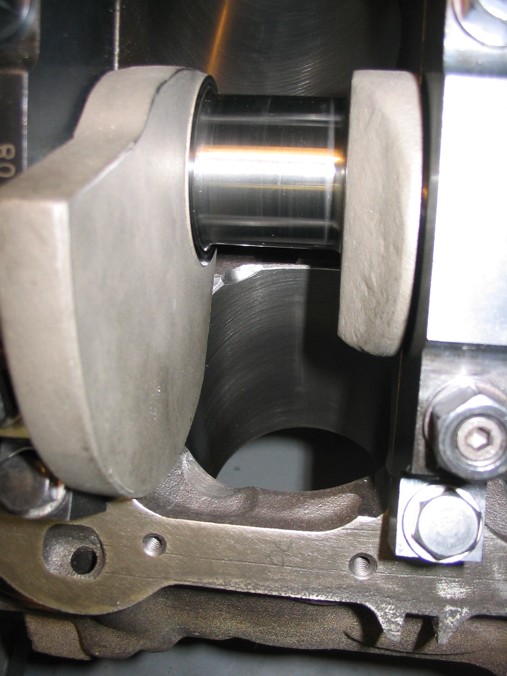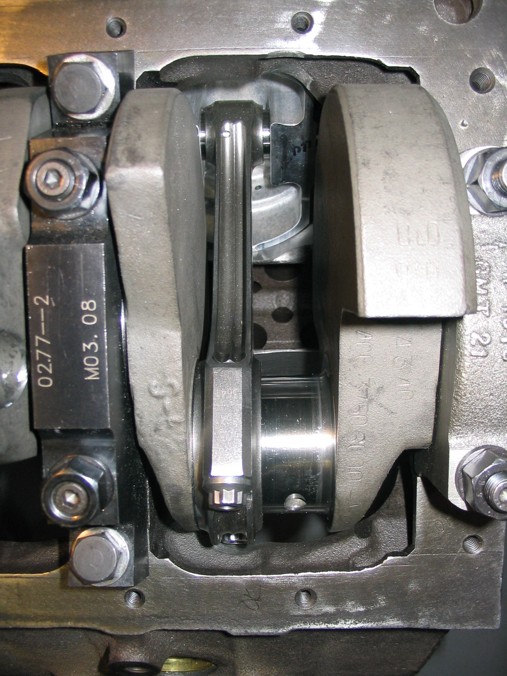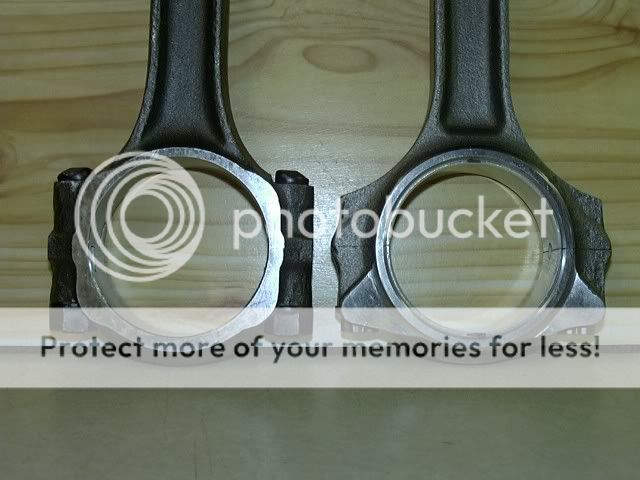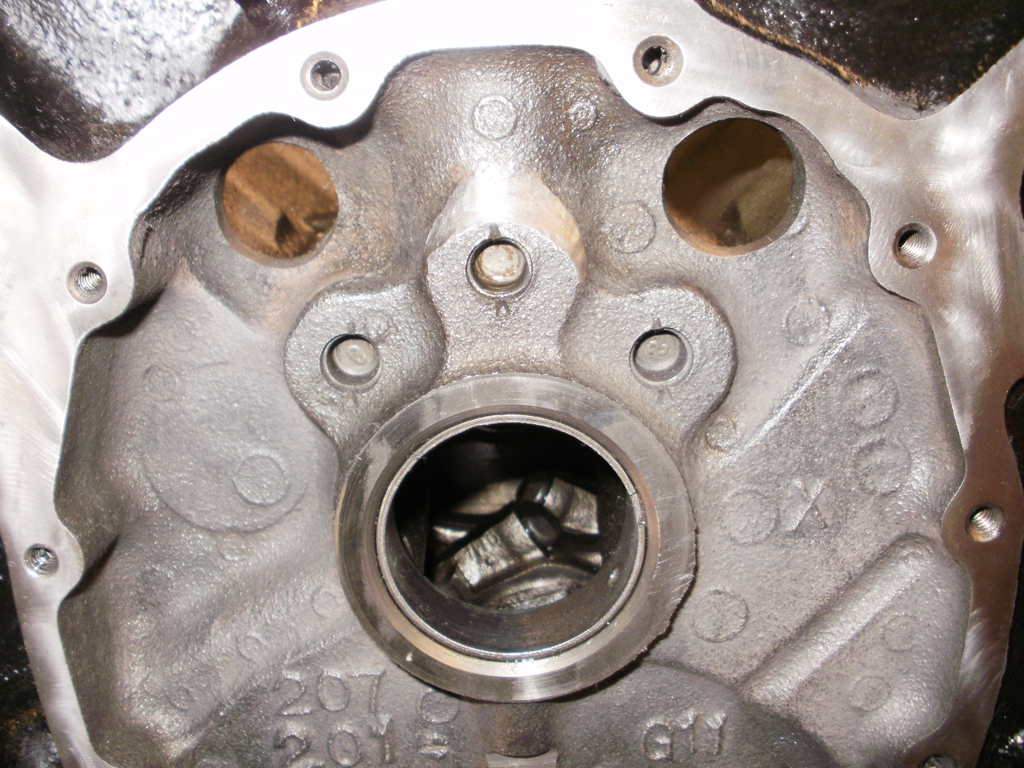the question as to if assembled heads or buying bare heads and adding your selected components to match your application comes up frequently
that's a common question and the answer unfortunately is.. that the most effective route to building a quality engine ,is to buy the bare heads and cam kit with matched springs and let a experienced machine shop assemble the components and do the required machine work and clearance work, because it makes little sense to pay for springs,retainers and valves that you, discard,and won,t be using, if your planing on upgrading those components.
assembled heads generally provide a good start point for a generic engine build, but once you carefully check the components used by the manufacturer, and find they don,t match your requirements the assembled heads don,t look like as much like an attractive choice
its unfortunate because finding an experienced machine shop that does work at a reasonable cost and in a timely manor is not easy to do, in most areas,
and because you take a significant chance of getting your project totally screwed if your machine shop doesn,t do good work, plus the total cost tends to be higher than just slapping heads you get assembled onto an engine and installing a cam, and trusting to the manufacturers specs and LUCK that it will function as intended, simply because it takes a good deal of time and knowledge, and specific tools, to check all the clearances, spring heights,coil bind, valve guide clearance,etc.etc.
that's mostly because assembled heads are sold at a price point, and the manufacturer will not know which cam or engine combo it will be used with,so the manufacturer won,t be selecting the best valves,valve guides, retainers, and springs available, but a component that's a compromise between cost and quality to maintain both a decent quality product but a low total price.
and components that will work with a fairly broad range of engine combos, while keeping the price as low as he can to remain competitive in the market place.
while you can select better valves and springs and retainers that exactly match your needs.
obviously you can build a similar hp level engine several different ways, and you could use similar components from different manufacturers to get similar results
threads with a good bit more related info, and useful sub links
viewtopic.php?f=52&t=534&p=1042&hilit=bare+assembled#p1042
viewtopic.php?f=52&t=2826&p=7296&hilit=bare+valves#p7296
viewtopic.php?f=52&t=181&p=2342&hilit=bare+valves#p2342
viewtopic.php?f=52&t=975&p=1700&hilit=+bare+valves#p1700
viewtopic.php?f=50&t=321&p=2931&hilit=track+notes+pad#p2931
viewtopic.php?f=52&t=401&p=698#p698
viewtopic.php?f=52&t=389&p=6855&hilit=shrouding#p6855
viewtopic.php?f=52&t=2630&hilit=shrouding
now IM not saying you can,t get a good deal on assembled heads because obviously in many cases the out of the box assembled heads from name brand manufacturers like AFR,BRODIX,DART,EDELBROCK,TRICKFLOW,etc. will provide good service, or that you can,t get similar results from, a few different components, but if your serious about maximizing a heads potential it should be rather obvious that exactly matched components with the correct clearances, spring load rates, flow rates,and designed rpm band characteristics etc. that match your application,provide some benefits over a random collection of similar parts, machine work done, a generic valve spring,and clearance work.
now if your building a fairly generic 383 SBC with, 10:1 cpr and a dual plane intake designed to spin in the 3000rpm-6300rpm band, with a mid range hydraulic roller of flat tappet cam,for a basic hot street combo then by all means go with a basic 195cc-210cc head designed to match your components after checking the valve train,springs etc. against your requirements, because your very likely to find what you need in an off the shelf head,but if your building a 13:1 cpr roller engine your very unlikely to get the same performance from an assembled head as you could get from a properly prepped head and valve train with light weight valves and springs on a solid roller combo designed to hit 7000rpm plus.
your thoughts? questions?





